42 labels and selectors in kubernetes
Labels and Selectors | Kubernetes The label selector is the core grouping primitive in Kubernetes. The API currently supports two types of selectors: equality-based and set-based . A label selector can be made of multiple requirements which are comma-separated. In the case of multiple requirements, all must be satisfied so the comma separator acts as a logical AND ( &&) operator. Labels - Unofficial Kubernetes - Read the Docs The kubernetes.io/ prefix is reserved for Kubernetes core components. Valid label values must be 63 characters or less and must be empty or begin and end with an alphanumeric character ... Labels selectors for both objects are defined in json or yaml files using maps, and only equality-based requirement selectors are supported: "selector ...
Kubernetes Selector | How does Selector Works in Kubernetes? - EDUCBA 1. Label Selector. We apply labels to the Kubernetes objects to organize or select a group of objects. Labels can be attached at creation time or added and modified at any time. Labels are case sensitive. We can use Label Selector using the option '-l'. Let's create three pods with labels "env: prod" and "app: nginx-web" and two ...

Labels and selectors in kubernetes
Labels and Selectors in Kubernetes | ANOTE.DEV Labels and Selectors in Kubernetes. Posted on December 7, 2020 December 7, 2020 by Jay Jo. Labels and Selectors are a standard method to group things together. Labels are key/value pairs that are attached to objects, such as pods. Labels are intended to be used to specify identifying attributes of objects that are meaningful and relevant to ... Working with labels and selectors | Kubernetes Cookbook - Second Edition Setting up the Kubernetes cluster on Linux via Ansible (kubespray) Running your first container in Kubernetes; 3. Walking through Kubernetes Concepts. ... Label selectors are used to query objects with labels of the following types: Equality-based: Use equal (= or ==) or not-equal (!=) operators; Set-based: most expensive lego set 2022 ktla weekend morning news stories today ... Labels do not provide uniqueness. In general, we can say many objects can carry the same labels. Labels selector are core grouping primitive in Kubernetes. They are used by the users to select. Selectors are used by the users to select a set of objects. The label selector is the core grouping primitive in Kubernetes.
Labels and selectors in kubernetes. A Kubernetes Guide for Labels and Selectors | Datree.io Labels can be used by both Kubernetes and homo-sapiens to organize and to select subsets of objects. When dealing with Kubernetes config files, labels are always added under the "metadata" section of the manifest. Labels vs annotations Annotations are also key-value pairs that are attached to objects and are used to describe Kubernetes resources. Kubernetes Labels | Labels And Annotations In Kubernetes - K21Academy Label selectors are used for filter Kubernetes objects based on a set of labels. Selectors use a simple Boolean language. There are two kinds of selectors: Equality based and Set based. Equality based. Equality-based selectors allow filtering by label keys and values. Three kinds of operators are used: =, ==, != Example: If we wanted to list ... Labels and Selectors - Kubernetes The label selector is the core grouping primitive in Kubernetes. The API currently supports two types of selectors: equality-based and set-based . A label selector can be made of multiple requirements which are comma-separated. In the case of multiple requirements, all must be satisfied so the comma separator acts as a logical AND ( &&) operator. What is the difference between Label and Selector in kubernetes? Labels can be used to organize and to select subsets of objects. Via a label selector, the client/user can identify a set of objects. The label selector is the core grouping primitive in Kubernetes. In a nutshell label selectors depend on labels to select a group of resources such as pods.
Kubernetes Label Selector And Field Selector - Medium Labels are key value pairs that can be used to identify, or group the resources in Kubernetes. In other words, labels can be used to select resources from a list. You can label Kubernetes... Kubernetes Labels, Selectors, and Annotations | Getting Started - ContainIQ As their name suggests, label selectors allow you to identify the objects you have tagged with particular labels. Label selectors can either be equality-based or set-based. Equality-based label selectors work by specifying an exact value that you want to match against. Kubernetes, Labels and Selectors - Automated Ramblings The replica controller could only find 3 pods running using the matchLabel selector after we changing the run label on pod web-internal-6b444b6dd9-kd8w2 and deployed another pod to remediate the issue. Labels and selectors have many additional uses to the one covered in this post; they are a core part of the Kubernetes platform. Civo Academy - Learn about pod labels and selectors - Civo.com In this video, we'll be discussing labels and selectors. Now, labels in Kubernetes are a set of key-value pairs attached to a Kubernetes object such as pods. It is basically used to provide attributes to create a meaningful Kubernetes object. So, the command to view the labels is kubectl get pods --show-labels. Labeling a pod
The Guide to Kubernetes Labels Kubernetes provides two ways of selecting objects with labels: equality and set-based selectors. Equality : You can select objects which are equal or not equal to one or more label values. You can have multiple selectors separated by commas, and all conditions must be met for a resource to match this selector. Kubernetes node selector - vobvdd.okinawadaisuki.info Labels do not provide uniqueness. In general, we can say many objects can carry the same labels. Labels selector are core grouping primitive in Kubernetes . They are used by the users to select. inmate property release; playright occupational therapy ... Kubernetes node selector Labels and Selectors — Kubernetes on AWS 0.1 documentation Labels and Selectors ¶ Labels are key/value pairs that are attached to Kubernetes objects, such as pods (this is usually done indirectly via deployments). Labels are intended to be used to specify identifying attributes of objects that are meaningful and relevant to users. Labels can be used to organize and to select subsets of objects. The Purpose of Labels and Selectors in Kubernetes Selectors are just a way to reference objects by labels. If we set a selector to type: api, then it would be referencing all objects with that label. This turns out to be a wildly useful feature, as you can use it to define relatively complex sets of rules to determine what node a pod would be scheduled onto, or what backend a service should use.
How to Provision Node Labels and Selectors in Kubernetes? (K8s) Labels selectors are core grouping primitive in Kubernetes. They are used by the users to select a set of objects. Kubernetes API currently supports two types of selectors −...
Kubernetes: Usage and Understanding of Kubernetes Labels ... - Medium Labels are key/value pairs that are attached to objects, such as pods. Labels are intended to be used to specify identifying attributes of objects that are meaningful and relevant to users. Labels can be attached to objects at creation time and subsequently added and modified at any time Each object can have a set of key/value labels defined.
Understanding Labels, Selectors and Annotations in Kubernetes There are two kinds of selectors. Equality-based and Set-based selectors. Equality-based requirement Equality based selectors help you filter resources equal to a certain key and value. You would following operators for equality based-requirements: = == != Example # this command would give us all resources with the env =prod label
Kubernetes labels, selectors & annotations with examples Labels give us another level of categorization, which becomes very helpful in terms of everyday operations and management. Labels are attached to Kubernetes objects and are simple key: value pairs. You will see them on pods, replication controllers, replica sets, services, and so on.
Kubernetes Labels & Selectors - Kubernetes - Wisdom Jobs Selectors. Labels do not offer individuality. In overall, we can say numerous objects can carry the same labels. Labels selector are core grouping primitive in Kubernetes. They are used by the users to choose a set of objects. Kubernetes API currently supports two type of selectors −. Equality-based selectors; Set-based selectors; Equality ...
Learn Kubernetes Labels By Following Examples | Densify Using labels and selectors is also common in advanced Kubernetes scheduling. Examples of advanced K8s scheduling include node selector and pod affinity. If you need to place a pod on a specific node, you can label the node and then use the label in your pod deployment manifest. For example, you can use this command to label a node with SSD storage.
Labels and Selectors - Kubernetes The label selector is the core grouping primitive in Kubernetes. The API currently supports two types of selectors: equality-basedand set-based. A label selector can be made of multiple requirementswhich are comma-separated. In the case of multiple requirements, all must be satisfied so the comma separator acts as a logical AND(&&) operator.
Using Kubernetes Annotations, Labels, and Selectors - How-To Geek Annotations, labels, and selectors are used to manage metadata attached to your Kubernetes objects. Annotations and labels define the data while selectors provide a way to query it. Here are the differences between the three concepts, what they're designed for, and how you can use them to manage your resources. Annotations
Labels and Selectors in Kubernetes - howtoforge.com To get Pods matching a label of our choice, we can "--selector" in the command as follows. kubectl get pods --selector environment=test kubectl get pods --selector app=nginx We can also use "-l" instead of "--selector" to get the Pods matching the label of our choice. kubectl get pods -l environment=test kubectl get pods -l environment=prod
10.3 Filtering objects with label selectors - GitHub Pages 10.3.2 Utilizing label selectors within Kubernetes API objects. You've learned how to use labels and selectors with kubectl to organize your objects and filter them, but selectors are also used within Kubernetes API objects. For example, you can specify a node selector in each Pod object to specify which nodes the pod can be scheduled to.
Kubernetes - Labels & Selectors - tutorialspoint.com Labels selector are core grouping primitive in Kubernetes. They are used by the users to select a set of objects. Kubernetes API currently supports two type of selectors − Equality-based selectors Set-based selectors Equality-based Selectors They allow filtering by key and value. Matching objects should satisfy all the specified labels.
Kubernetes Core Concepts - Labels, Selectors and Annotations What are Selectors in Kubernetes? Selectors are used to filter out objects based on their assigned Labels. Labels and Selectors goes hand in hand. For example Selectors will help us filter out objects like give all the application pods which are of type staging. Example syntax to define Selectors
most expensive lego set 2022 ktla weekend morning news stories today ... Labels do not provide uniqueness. In general, we can say many objects can carry the same labels. Labels selector are core grouping primitive in Kubernetes. They are used by the users to select. Selectors are used by the users to select a set of objects. The label selector is the core grouping primitive in Kubernetes.
Working with labels and selectors | Kubernetes Cookbook - Second Edition Setting up the Kubernetes cluster on Linux via Ansible (kubespray) Running your first container in Kubernetes; 3. Walking through Kubernetes Concepts. ... Label selectors are used to query objects with labels of the following types: Equality-based: Use equal (= or ==) or not-equal (!=) operators; Set-based:
Labels and Selectors in Kubernetes | ANOTE.DEV Labels and Selectors in Kubernetes. Posted on December 7, 2020 December 7, 2020 by Jay Jo. Labels and Selectors are a standard method to group things together. Labels are key/value pairs that are attached to objects, such as pods. Labels are intended to be used to specify identifying attributes of objects that are meaningful and relevant to ...
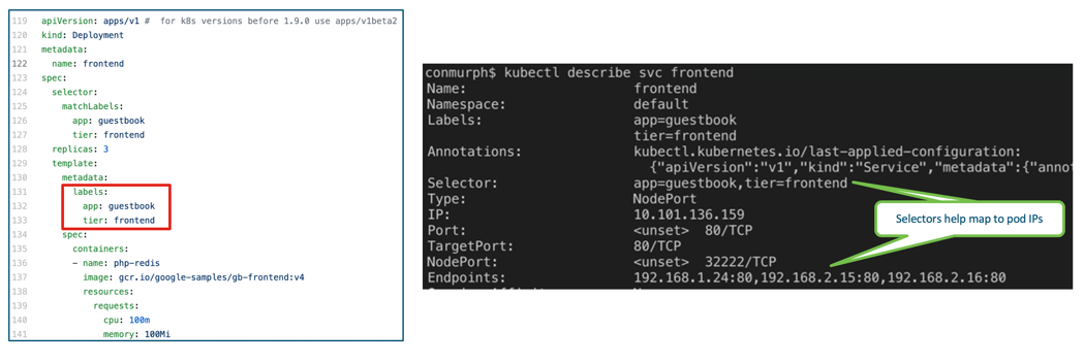

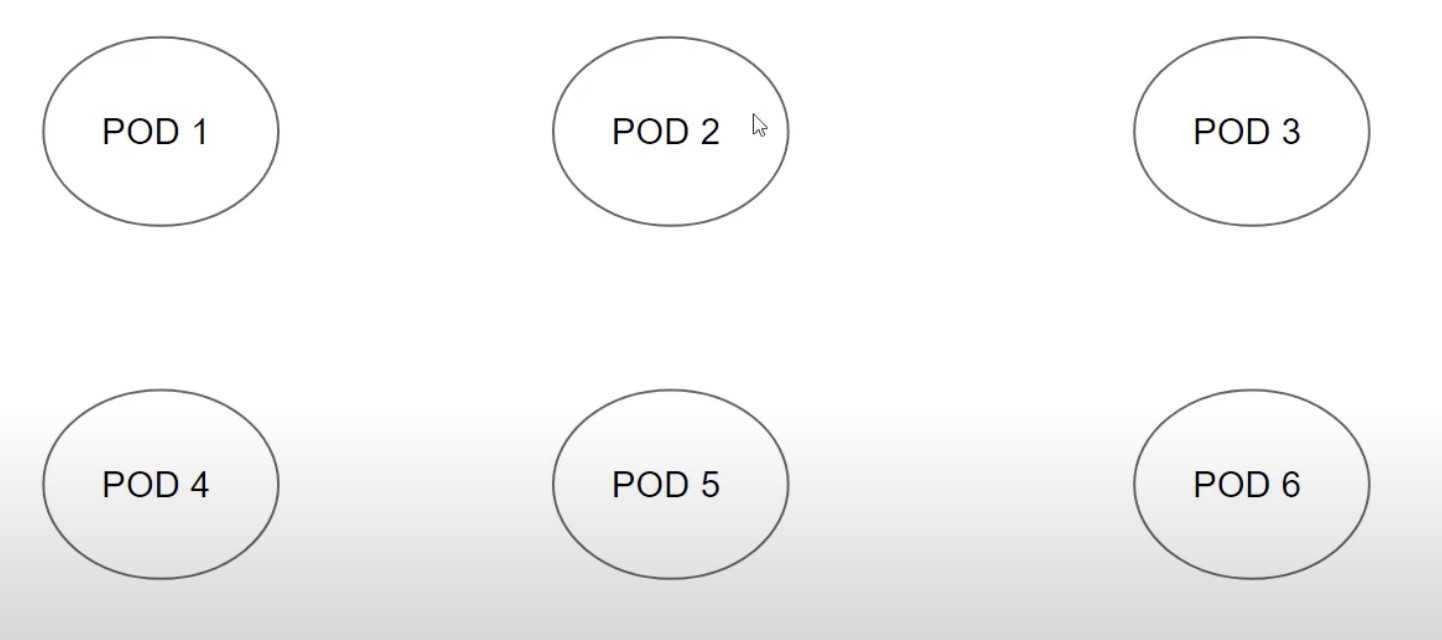
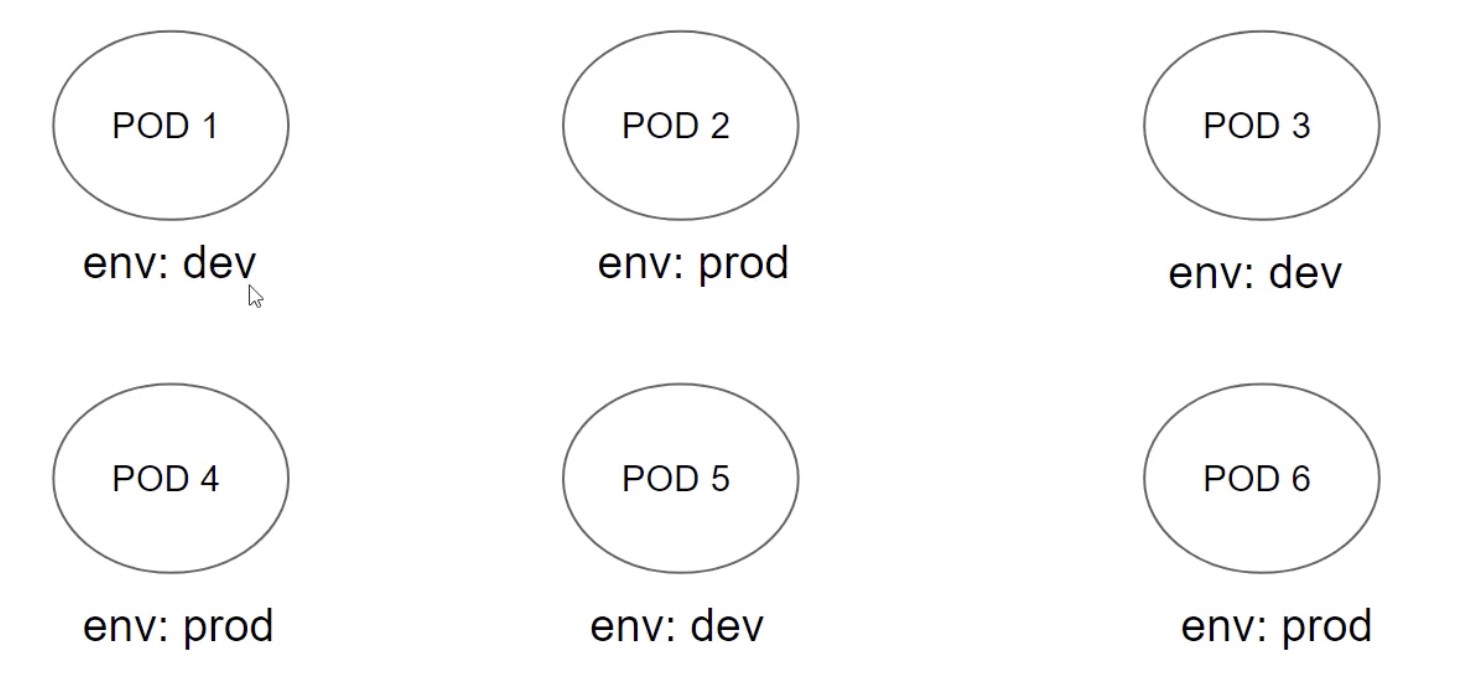

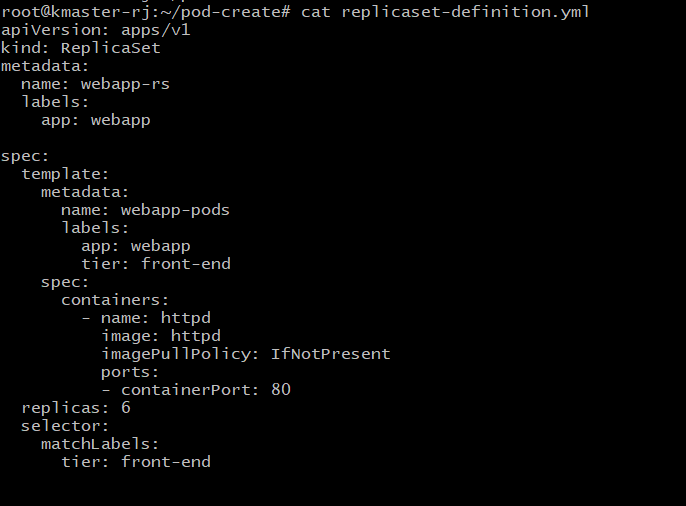



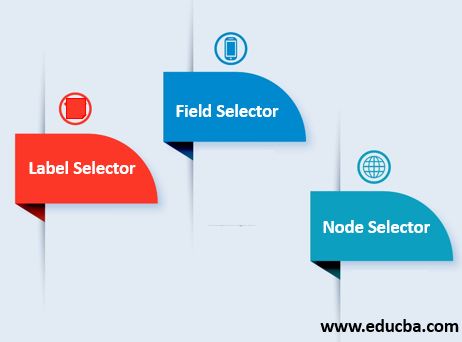



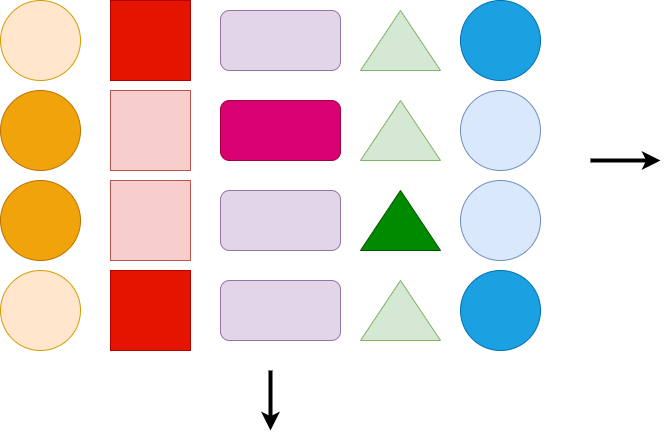

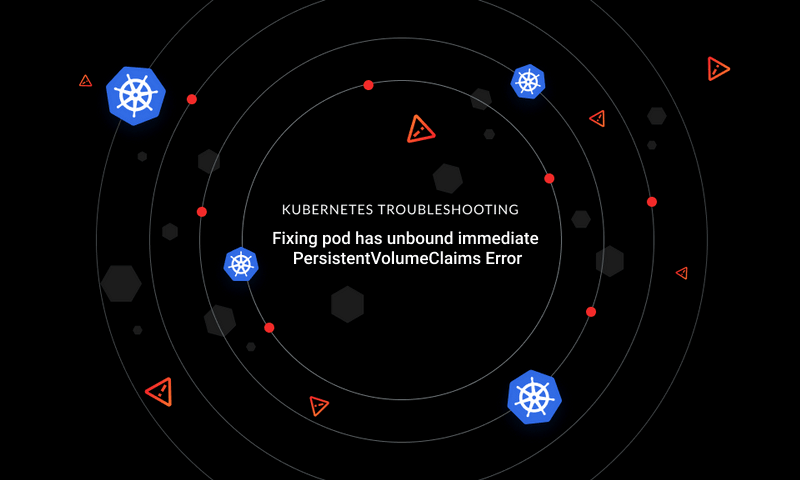
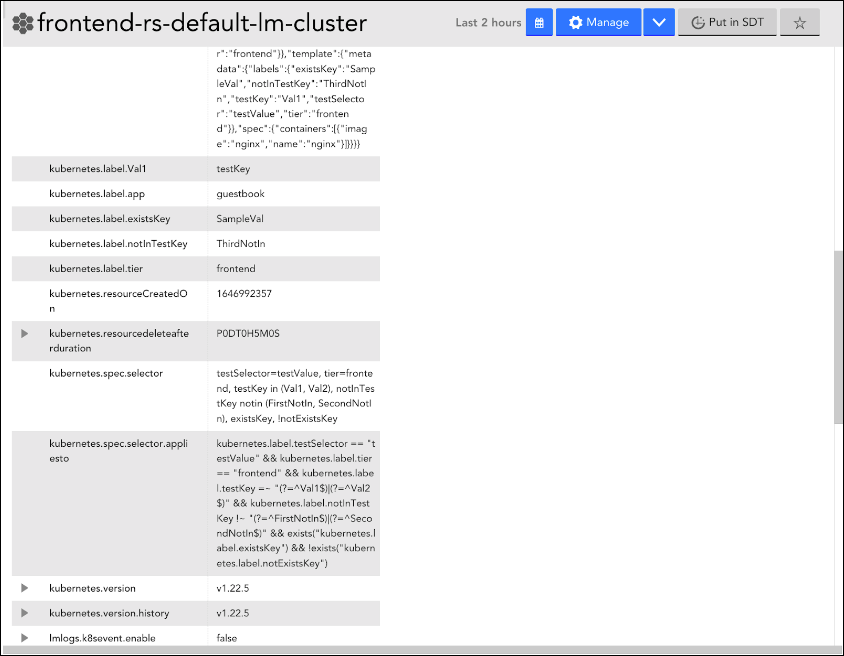




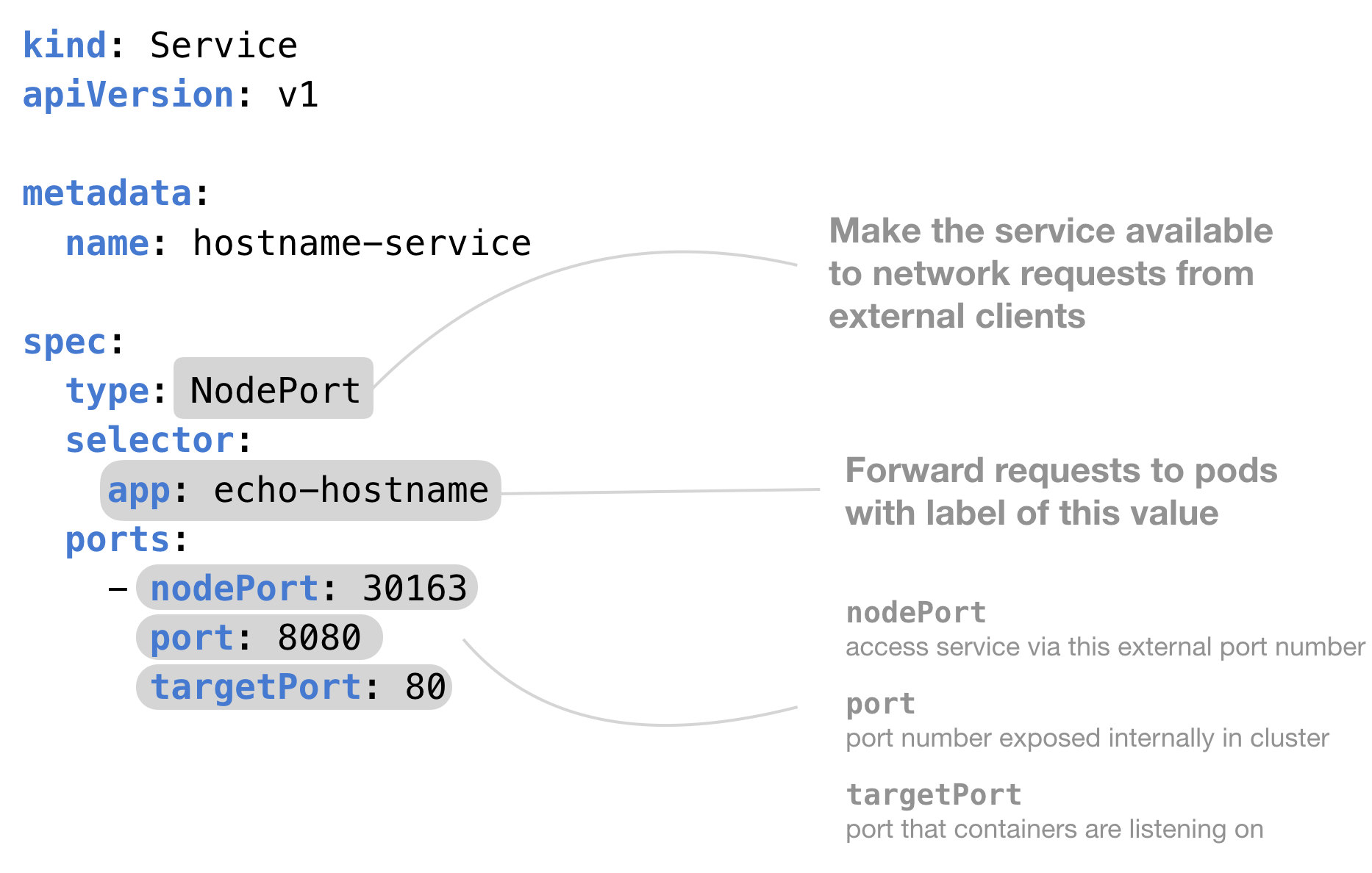








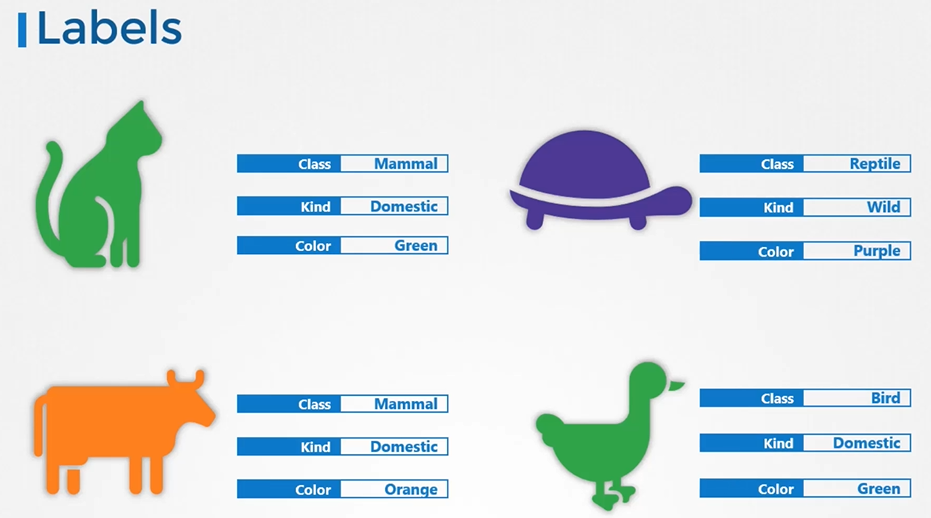




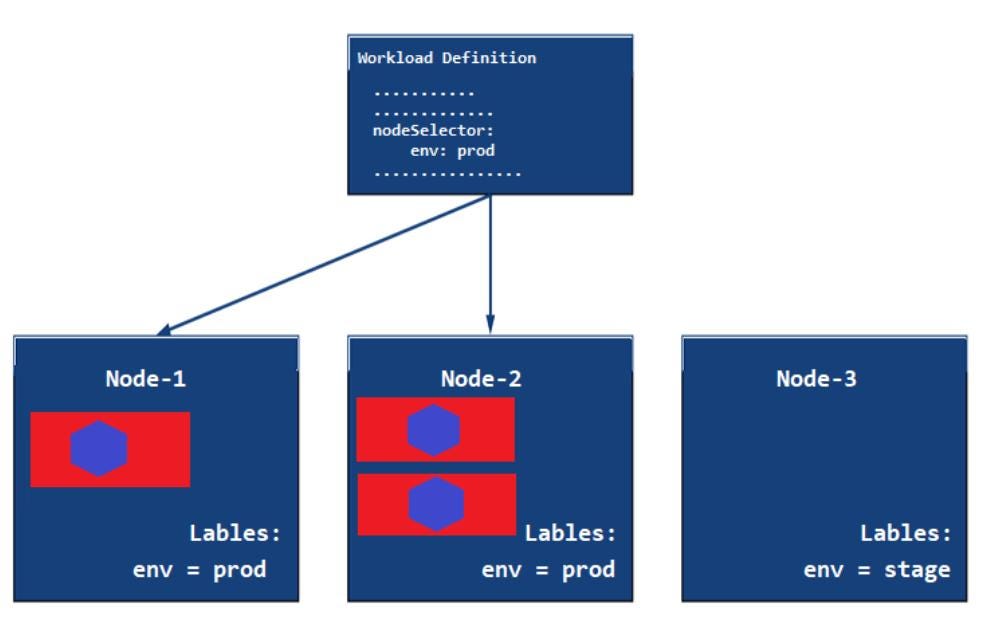


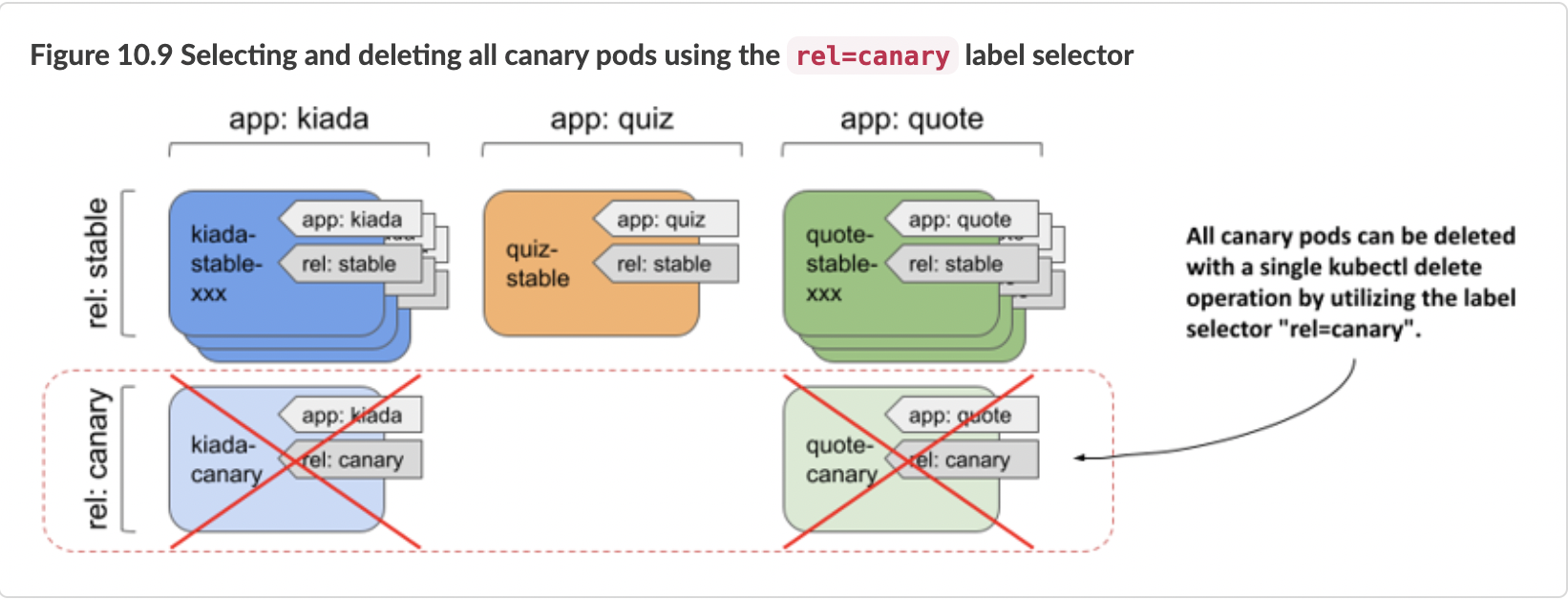

Post a Comment for "42 labels and selectors in kubernetes"